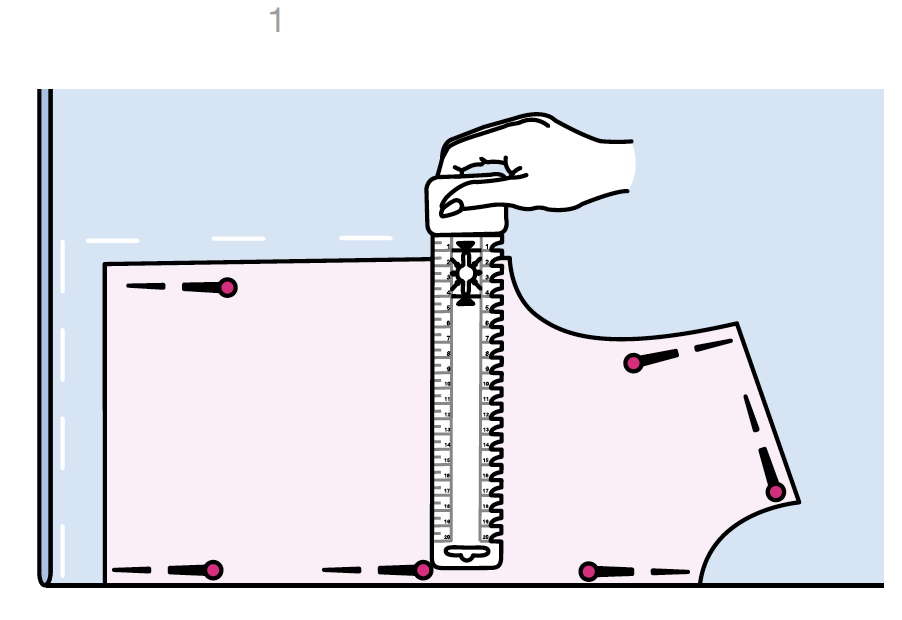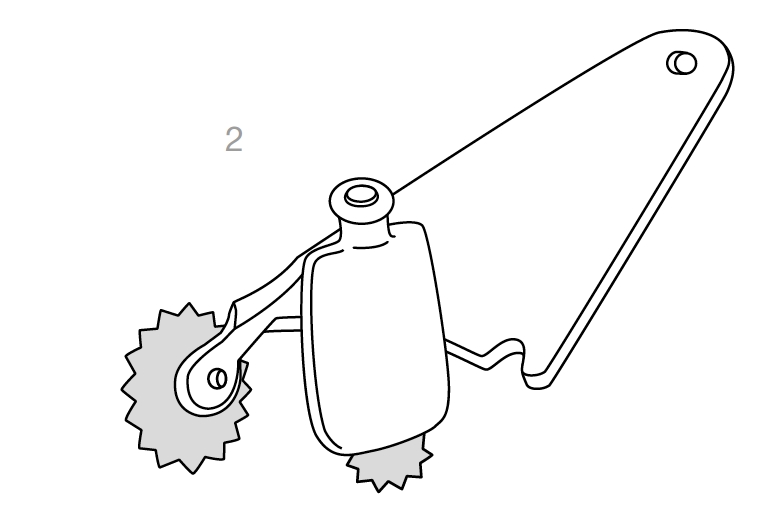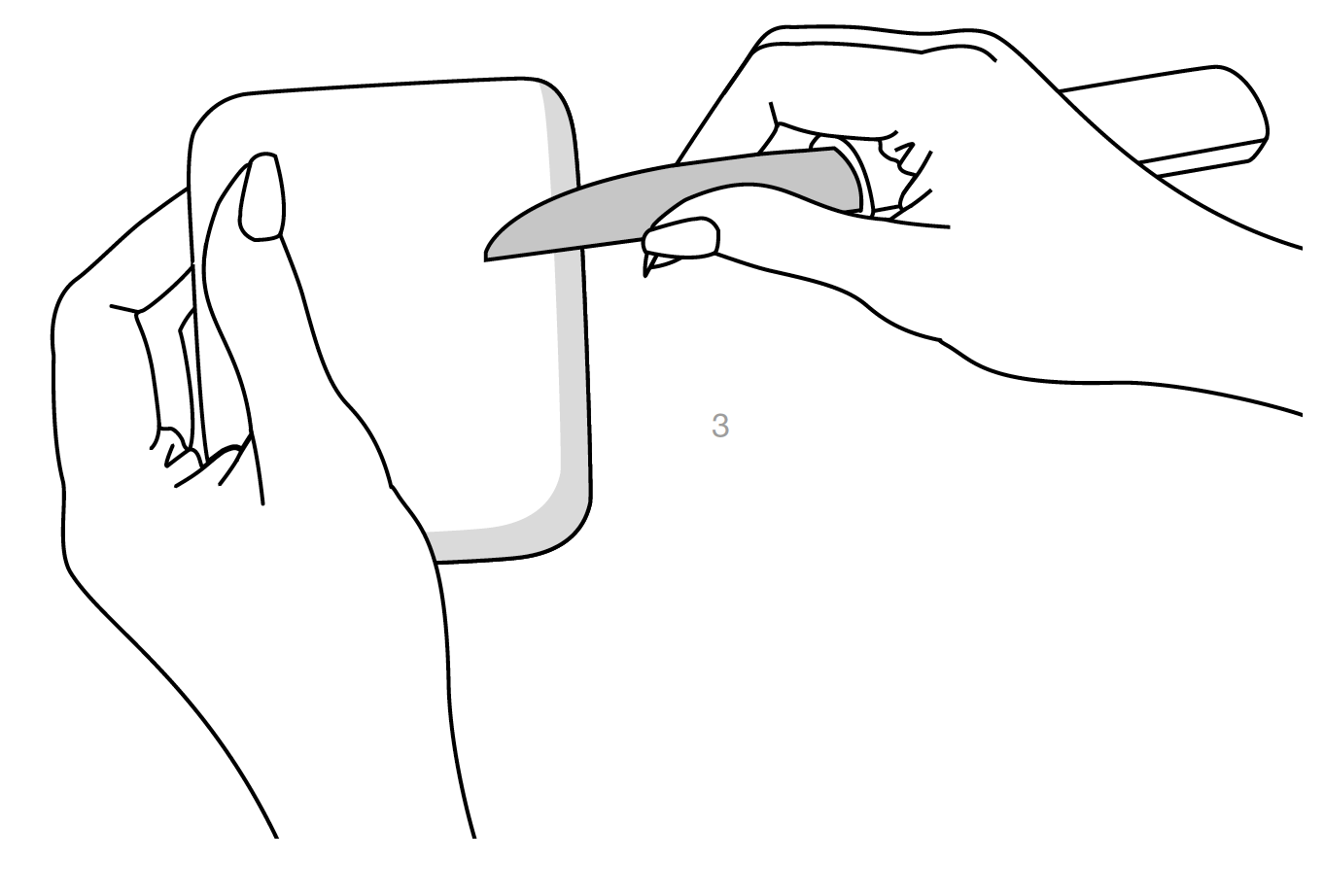Seam Allowances
Why are seam allowances important
Seam allowances are important! burda patterns do not come with seam allowances. That is why you should never cut out directly along the paper pattern edges. Even if the pattern is too big. After all, even a simple dress with two side seams and a centre seam has three seams. That equals 6 seam edges for which you need seam allowances of at least 1.5 to 2 cm (5/8 to 3/4 in). In total, the dress would be 9 to 12 cm (3 5/8 to 4 3/4 in) tighter if you cut it out without seam allowances.
How to use seam allowances
Seam allowances of equal width everywhere make stitching easier later. After all, when the fabric edges match, the seam lines will also match. You will not need to check whether or not the seam lines match exactly after every stitch! That is why you use a ruler and tailor’s chalk to draw the seam and hem allowances on the fabric all around the paper pattern pieces (1). The rule of thumb is: 1.5 to 2 cm (5/8 to 3/4 in) for seams (side and shoulder seams, waist seam, centre seam and long sleeve seam), 1 to 1.5 cm (3/8 to 5/8 in) on the armhole, neckline, sleeve cap, facing pieces, collar and all other edges that are reinforced and 2 to 5 cm (3/4 to 2 in) for hems.


You can easily and quickly draw seam and hem allowances on your fabric using the burda double tracing wheel (2). This is how it works: A chalk holder is attached above one of the two wheels. The wheel leaves a chalk line behind it when it moves. The double tracing wheel can be set to a width of 1 cm, 1.5 cm, 2.5 cm and 4 cm (3/8 in, 5/8 in, 1 in, and 1 5/8 in). If you remove the chalk and roll the wheels along the paper pattern edges, the double tracing wheel will automatically draw the seam allowances on the fabric (available in haberdasheries).


A few more tips
- Use a knife to sharpen tailor’s chalk that has become dull (3)
- Very smooth, slippery fabrics, such as silk and viscose, are easier to cut out if you use a linen cloth as an anti-slip pad on your cutting table
- For very thick, voluminous fabrics such as fake furs, do not use normal straight pins. Instead, use the somewhat longer glass head pins (Prym)
- For fabrics in which needle holes remain visible such as patent leather, or for fabrics that do not accept pins easily such as sequinned fabrics, do not pin the pattern pieces together. Instead use tape or clips
- Wait until after the fitting to cut out collars, pockets, bands and flaps from the fabric. For the first fitting, you only need to cut these pieces out from interfacing or calico with out seam allowances
- For striped and checked fabrics or those with a different type of pattern, you can draw the pattern continuation on the fitting pieces and then cut out the fabric pieces according to the pattern



